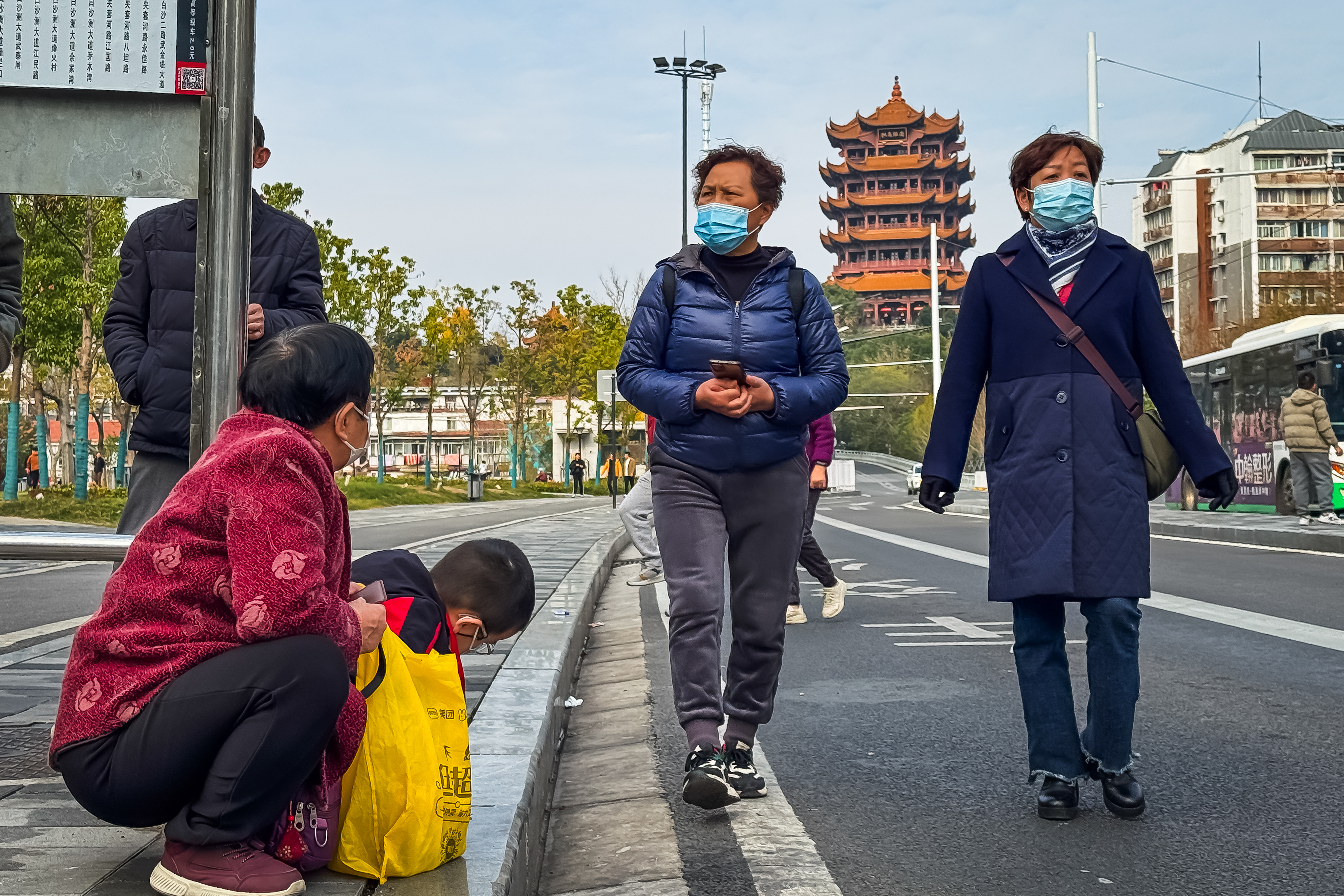World
Which countries are best prepared to tackle the world’s aging population?

A survey of 143 low-, middle-, and high-income countries has revealed which ones are most prepared to support the world’s rapidly aging population in areas like well-being, equity, and security – and which ones aren’t.
The world’s population is aging, and that’s a good thing. It reflects improvements in public health and medicine and the fact that, as a global society, we have reduced the risk of premature death and controlled or prevented disease. Look at it this way: In 1950, the likelihood of a baby born in a high-income country surviving to age 90 was 4.8%; now, it’s 26.7%. It’s projected to be 50% by 2060.
But is the world socially and economically prepared for a continually expanding aging population? A pioneering study by researchers from the National University of Singapore (NUS) and Columbia University in New York has revealed that some countries are more ready than others.
“While high-income countries lead the rankings in readiness for a rapidly aging society, low- and middle-income nations trail behind,” said Assistant Professor Cynthia Chen from the NUS Saw Swee Hock School of Public Health (SSHSPS) and the study’s lead and corresponding author. “Although low- and middle-income countries often have younger populations today, many are expected to experience rapid population aging in the future.”
The researchers previously studied how high-income countries have adapted to population aging, examining five key domains in a Global Aging Society Index: productivity and engagement, well-being, equity, cohesion, and security. For the present study, they modified their Index, refining each domain and weighting it so it could be applied to low-, middle-, and high-income countries.
Here is what each of the domains refers to. The productivity and engagement domain is about facilitating the engagement of older people in society, either through paid or volunteer work. Well-being, as you’d expect, is the provision of healthcare that is informed by an understanding of the particular needs of older persons. Equity is the even distribution of resources across the older population, a lessening of the gap between the ‘haves’ and ‘have nots’. The cohesion domain is about maintaining social connectedness and camaraderie within and between generations. And security refers to providing economic and physical security to older persons.
The researchers used their modified Index to assess the readiness of 143 countries – 95.4% of the world’s population – to tackle the challenges of an aging population. Countries scored lowest in the productivity and engagement domain, followed by the equity domain, well-being domain, and security domain. The highest scores were for cohesion. In most domains, a country’s gross domestic product (GDP) level was significantly associated with its aging index score.
High-income countries ranked highest for well-being, with longer healthy life expectancy, higher life satisfaction, and better universal health coverage. However, while the mean well-being score in high-income countries was higher than in low-income countries, high-income populations also spent a large proportion of their lives in poor health.
Most high-income countries were more equitable. Older adults in high- and middle-income countries were more likely to live comfortably, have food security, and have attained at least a high school education. The top countries in the cohesion domain were mainly from Asia and Europe, with the highest proportion of older adults who trusted their neighbors and had strong social support.
According to the overall rankings, the top 10 countries were Switzerland, Norway, Denmark, Sweden, Iceland, New Zealand, Finland, the Netherlands, Canada, and Singapore. Australia came in at 13, and the UK, 14. The US was ranked near the bottom of the high-income countries at 24, between Spain and Estonia.

“Individuals with limited financial security may face serious challenges in accessing healthcare later in life,” Chen said. “If health and social security systems remain insufficient to address the needs of older adults, the financial burden on individuals and their families could escalate, potentially leading to widespread economic consequences.”
The researchers said countries that can effectively respond to population aging can reap the benefits of doing so.
“Countries can mitigate the growth in healthcare costs while harnessing the potential of older adults, whose experience and wisdom can contribute significantly to societies,” said Chen. “In the long run, this can lead to global societal benefits. We hope our findings can help prioritize action for countries at all levels of development.”
For Westerners, this kind of ‘potential harnessing’ of the elderly is not usual. At least, not when a comparison is made between Western and Eastern cultures. Perhaps, in light of this global demographic shift, it’s time for a change.
Speaking at a recent TEDxBoston event, Linda Fried, the Dean of Columbia’s Mailman School of Public Health, spoke about dismissing the negative myths surrounding aging – for example, that older people are in poor health, have terrible memories, or, for them, medical treatments are less effective – and, instead, view aging as a superpower.
“Imagine how the superpowers of a growing older population could be harnessed for generativity to come together to tackle climate change, the mental health crisis, loneliness, the next pandemic, or heat emergencies, or to assure young people’s successful futures,” Fried said.
You can watch Fried’s talk about turning age into opportunity in the video below.
The longevity revolution: Turning aging into opportunity | Linda Fried, MD, MPH | TEDxBoston
The NUS and Columbia study was published in the journal Nature Aging.
Source: National University of Singapore, Columbia University










